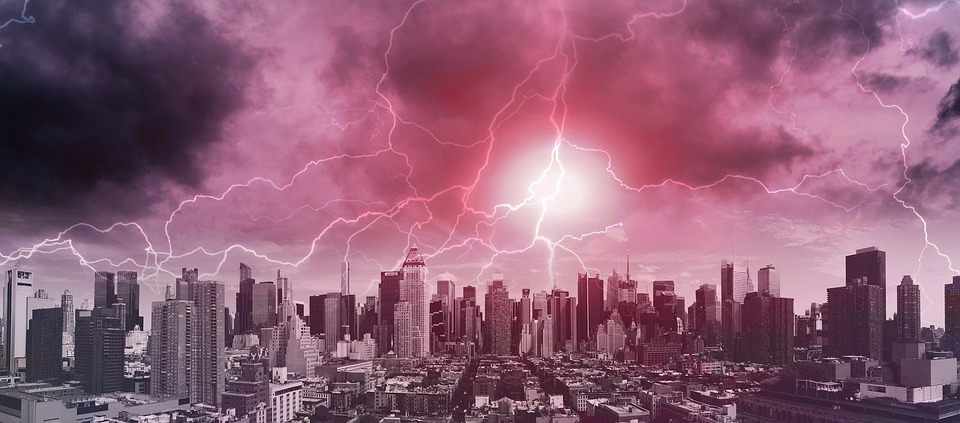How Does Climate Change Affect Wildlife?
Climate change is one of the most pressing global issues of our time. As the planet continues to warm, the impact of climate change is far-reaching. One area of concern is how climate change affects wildlife.
Changes in Habitat
As the climate warms, many animal species are forced to relocate in order to survive. Changes in temperature, rainfall, and other weather patterns can cause habitat to become unsuitable for certain species. For example, polar bears rely on sea ice for hunting and travel, and as global temperatures continue to rise, their habitats are shrinking. As a result, many species are being forced to move to cooler climates and new habitats in order to survive.
Changes in Diet
Changes in climate can also cause changes in diet for some species. Warmer temperatures can cause plants and insects to bloom earlier or later than usual, meaning that many animals must adjust their feeding habits in order to survive. For example, many migratory birds rely on certain plant species for food, and if these plants bloom earlier or later than expected, the birds may not be able to find the food they need.
Changes in Predators and Prey
Climate change can also affect the balance between predators and prey. As temperatures rise, certain predators may be able to survive and thrive in new areas, while their prey may not be able to survive in the same habitat. This can cause an imbalance in the predator-prey relationship, leading to a decrease in prey populations.
Conclusion
Climate change is having a devastating impact on many species of wildlife. As temperatures continue to rise, animals are being forced to relocate to new habitats, adjust their diets, and cope with changes in the predator-prey relationship. It’s important to take action to reduce the impact of climate change on wildlife and their habitats.

Kyle Whyte is a notable scholar and professor at the University of Michigan, holding positions such as the George Willis Pack Professor in the School for Environment and Sustainability and Professor of Philosophy. Specializing in environmental justice, his work critically examines climate policy and Indigenous peoples’ ethics, emphasizing the nexus between cooperative scientific endeavors and Indigenous justice. As an enrolled Citizen Potawatomi Nation member, he brings a vital perspective to his roles as a U.S. Science Envoy and member of the White House Environmental Justice Advisory Council. His influential research is supported by various prestigious organizations including the National Science Foundation, and disseminated through publications in high-impact journals. Kyle actively contributes to global Indigenous research methodologies and education, with affiliations to numerous institutes and societies dedicated to traditional knowledge and sustainability. Recognized for his academic and community engagement, Kyle has earned multiple awards and served in various visiting professorships. His efforts extend to leadership positions on boards and committees focused on environmental justice nationwide.
